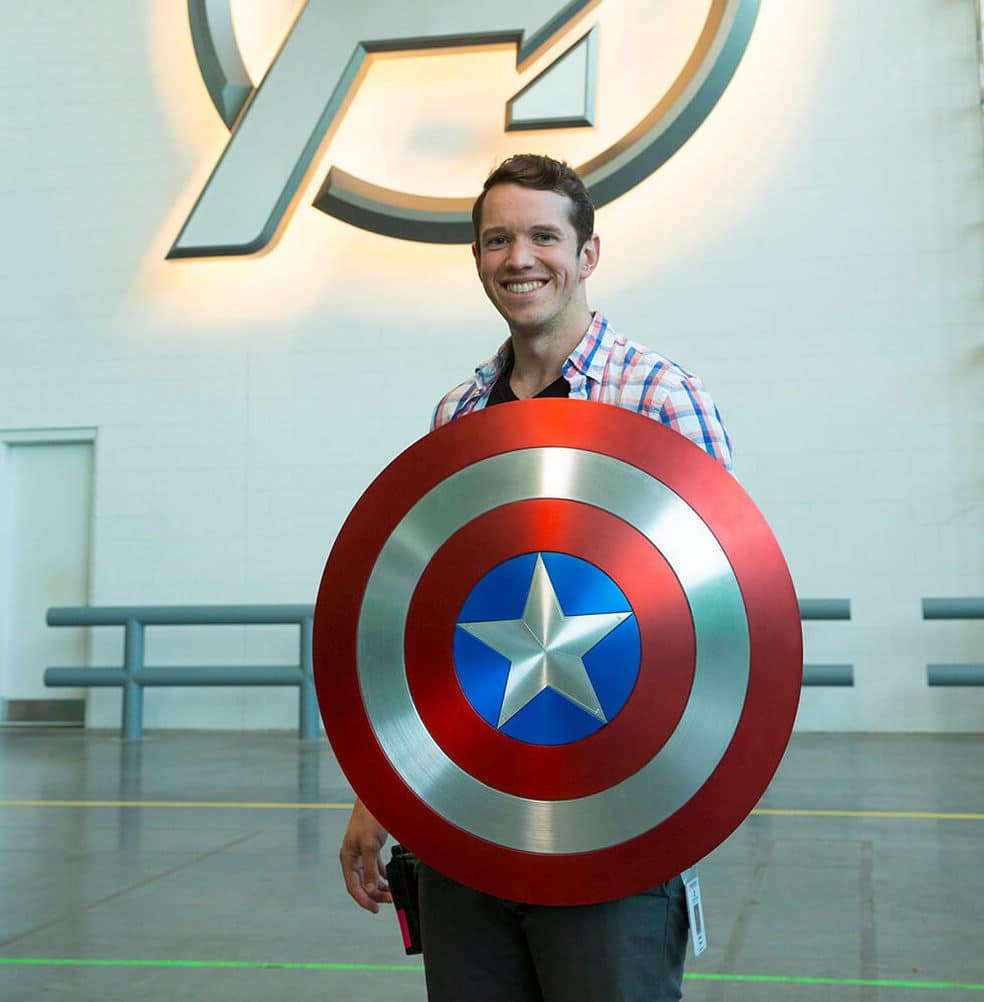
If you’re interested in starting a professional career in screenwriting or filmmaking, there’s a strong chance you’ve seen a list of television episodes before and noticed that one of them is titled the “Pilot episode.” It’s often the first episode of a series, particularly pre-streaming era shows that run on traditional TV networks.
But what does that title really mean? Like why are the first episodes of shows called pilots?
A television pilot is an independent episode created to evaluate a series’ potential for success. The term “pilot” signifies that this episode serves as the guiding force for elements such as tone, primary characters, and overarching narrative. Additionally, pilots function as a marketing tool to convince executives and networks to invest in the show.
So if you’re my grandma, you’ll be relieved to know that I am not wanted for murder after telling her I spent my first summer after college “shooting a pilot.” No aviation professionals were harmed in the making of that episode!
Jokes aside, the entertainment industry just borrows the “word” pilot from the scientific and research communities, where “pilot studies,” “pilot projects,” and “pilot experiments” serve as small-scale and early-stage studies that help determine the feasibility, cost, concerns, or promise of a full-scale project.
Interested in writing your first pilot script? Try Celtx for FREE.

In the creative business, pilots are essentially prototypes that allow networks to gauge the success of a series before committing to producing or shooting the entire show. Pilots are an established and long-standing part of the television production process, serving as a bridge between script concepts and an entire series order. In other words, it’s a low-investment test of a series potential, and a way for network executives to tell creatives to, well, “prove it!”
That’s just the tip of the iceberg. Curious to know more about the purpose of a pilot or what separates the small percentage of successful pilots from the innumerable unsuccessful pilots? Learn everything you need to know about television pilots below
What is the Purpose of a Pilot?
It’s important to keep in mind that behind the glitz, glamor, and creative aspirations of the entertainment world, at the end of the day, it’s a business. A business that usually deals in the millions and billions. When money like that is being thrown around, the investors, often television networks or studios, responsible for making those financial decisions want to have as much confidence as possible in the shows they purchase or back.
The production of a pilot is an early part of the development process and serves as a way for financiers and creative executives to make creators put their money where their mouth is, so to speak, and prove how their concepts, themes, characters, and the story will come to life on screen.
At the time of its creation, for example, Game of Thrones on HBO was the most expensive show ever made, with each episode costing around $10 million USD. Before spending $100 million on a 10-episode series, however, HBO first wanted proof that the show successfully came to life on screen in the way the creators intended by funding a $10 million pilot episode instead.
You probably know the rest of the story. HBO saw in the pilot that the characters were as compelling, the world was as textured, the story was just as exciting as the script promised, and that the larger project was ultimately worth the full $100 million investment.
So, what were the ingredients of the Game of Thrones pilot that made it such an obvious candidate for a series pickup? Let’s explore in more detail the main components that the most successful pilots share.

4 Things That Make for a Great TV Pilot
Pilots have a tough job. At the end of the day, they need to serve as a microcosm for your entire television concept, giving viewers a taste of the most defining elements of any piece of creative storytelling: setting, characters, and themes, namely, but structure and pace as well.
Think back to the first episode of Game of Thrones. Within those 50 minutes, you’re introduced to most major protagonists in various Houses, the antagonists both near and far, themes of honor and ambition, the massive scope of the show, its visual style, its relatively condensed pace, its unforgiving tone, and more.
Network executives need to see every element of your show in action in order to have the confidence to invest in a full series order. Let’s take a closer look at the defining pillars of the most successful television pilots:
1. World-Building
At the highest level, your pilot needs to demonstrate your show’s genre, premise, and tone. Is it a comedy, drama, or anthology? Is it about loss, war, love, or work? What is its message or intention? What are the rules and values of the world your story inhabits, and how will that influence the tone of the show? Is it tongue-in-cheek, grounded, surrealist, etc?
2. Characters
If your characters aren’t believable or well-realized, nothing else matters! Arguably a pilot’s biggest responsibility is thoughtfully introducing viewers to the show’s characters. Who are they, who is most important, and what are their defining traits or intentions? In television, characters are what keep a show on the air for years and years to come!
3. Themes
We’ve touched on this in world-building, but more specifically, what is your show really about? What question will your show answer or moral quandary will it address? What’s the overall message? This will obviously evolve and develop over the life of the series, but we need to have a clear understanding of what it is right out of the gate.
4. Promise
You need to hook network executives just like you hook your viewers! Every TV episode should have some sort of self-contained story, but in order to earn series buy-in with a pilot, you need to get your audience excited about the broader potential of your show. Without a larger hook, pilots are too easy to dismiss.
The Bottom Line
Amidst an unprecedented appetite for video content and a massive consolidation of IP in today’s streaming era, more and more studios and networks are ordering full series outright in the interest of having more content available sooner than later, often skipping the pilot part of the process.
That said, the tried-and-true pilot system will never fly away, as it’s still the surest way to provide a confidence-building prototype of a show to prospective investors, especially within traditional network television. Pilot episodes have a lot of work to do to prove your show’s value, but when done well, they’re the difference between Game of Thrones and the 90% of other TV series that never see the light of day.

